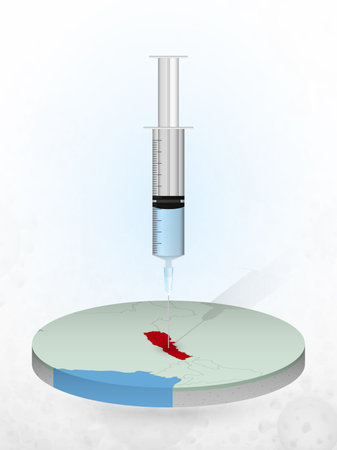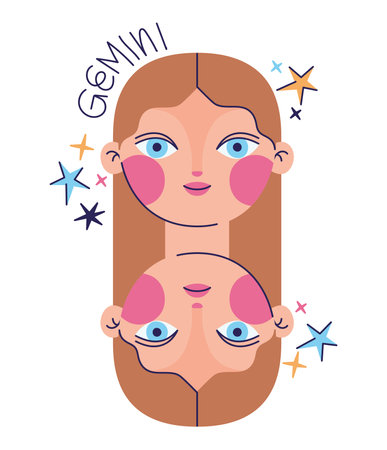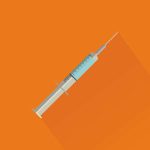1. Introduction to Microneedling
Microneedling has gained popularity as a go-to treatment for skin rejuvenation, offering a minimally invasive way to improve skin texture and appearance. But how does it work, and why is it considered an effective option compared to other treatments? Let’s explore the basics of microneedling and its benefits.
What Is Microneedling?
Microneedling, also known as collagen induction therapy, is a cosmetic procedure that involves using a device with fine needles to create tiny micro-injuries in the skin. These controlled injuries stimulate the bodys natural healing process, encouraging collagen and elastin production—two essential proteins responsible for maintaining firm, youthful-looking skin.
How Does Microneedling Work?
The procedure typically involves a specialized microneedling device that moves across the skin, creating microchannels. These tiny punctures trigger the skin’s repair mechanisms, leading to increased collagen production and improved blood circulation. The result? Smoother, firmer, and more even-toned skin over time.
Key Benefits of Microneedling
Microneedling offers several benefits for individuals looking to enhance their skin’s overall health and appearance. Below are some of its key advantages:
| Benefit | Description |
|---|---|
| Stimulates Collagen Production | Boosts natural collagen and elastin levels, helping reduce fine lines and wrinkles. |
| Evens Skin Tone | Diminishes hyperpigmentation, sunspots, and acne scars for a more uniform complexion. |
| Reduces Acne Scars | Aids in breaking down scar tissue while promoting new skin cell regeneration. |
| Shrinks Pores | Tightens and refines pores by stimulating surrounding collagen production. |
| Enhances Product Absorption | Makes skincare products more effective by allowing deeper penetration into the skin. |
| Minimally Invasive with Little Downtime | A quick recovery process compared to more aggressive procedures like laser treatments or chemical peels. |
Microneedling vs. Chemical Peels
When it comes to skin rejuvenation, both microneedling and chemical peels offer impressive results. However, they work in different ways and are suited for different skin concerns. Lets break down the differences between these two treatments.
How They Work
Microneedling
Microneedling uses tiny needles to create micro-injuries in the skin, triggering collagen production and improving overall texture. This treatment enhances skin elasticity, reduces fine lines, and minimizes scars over time.
Chemical Peels
Chemical peels involve applying a chemical solution that exfoliates the top layers of skin. Depending on the strength of the peel, this can help with pigmentation, acne scars, and overall skin brightness.
Comparison of Effects
| Treatment | Main Benefits | Recovery Time | Best For |
|---|---|---|---|
| Microneedling | Boosts collagen, improves texture, reduces scars and wrinkles | A few days of redness; minimal downtime | All skin types, especially those with acne scars or fine lines |
| Chemical Peels | Evens out skin tone, reduces hyperpigmentation, smooths rough patches | Mild peels: a few days; deep peels: several weeks | Sensitive or acne-prone skin (mild peels); sun-damaged or aging skin (stronger peels) |
Which One is Right for You?
If youre looking for a minimally invasive treatment with little downtime and long-term collagen benefits, microneedling may be the better choice. On the other hand, if your main concern is hyperpigmentation or uneven skin tone, a chemical peel could provide faster results.

3. Microneedling vs. Laser Treatments
When it comes to skin rejuvenation, both microneedling and laser treatments are popular options. But how do they compare in terms of effectiveness, cost, downtime, and potential side effects? Lets break it down.
Effectiveness
Microneedling stimulates collagen production by creating tiny micro-injuries in the skin, helping with fine lines, acne scars, and overall texture. Laser treatments use focused light energy to resurface the skin, targeting deeper layers for more dramatic results. While lasers can provide faster improvements for severe skin concerns like deep wrinkles or pigmentation issues, microneedling is a great option for gradual enhancement with a more natural healing process.
Cost Comparison
The price of both treatments varies based on location and provider expertise. However, microneedling is generally more affordable than laser treatments.
| Treatment | Average Cost Per Session |
|---|---|
| Microneedling | $200 – $700 |
| Laser Treatments | $500 – $3,000 |
Downtime
If you’re looking for a treatment with minimal downtime, microneedling might be the better choice. Most people experience mild redness and slight swelling for 24-48 hours. In contrast, laser treatments can require several days to weeks of recovery depending on the intensity of the procedure.
Potential Side Effects
Both treatments come with some level of risk. Microneedling may cause temporary redness, irritation, and minor peeling. Laser treatments can lead to prolonged redness, hyperpigmentation, or even scarring if not done correctly. Those with darker skin tones may also be at higher risk for pigmentation changes with laser procedures.
Which One Is Right for You?
Your choice between microneedling and laser treatments depends on your skin concerns, budget, and tolerance for downtime. If you’re looking for a gentler approach with steady improvements, microneedling is a solid choice. If youre after more dramatic results and don’t mind longer recovery times or higher costs, laser treatments may be worth considering.
4. Microneedling vs. Microdermabrasion
When it comes to skin rejuvenation, microneedling and microdermabrasion are two popular treatments, but they work in very different ways. Understanding their mechanisms, depth of treatment, and expected results can help you decide which option is best for your skincare goals.
How They Work
Microneedling
Microneedling uses tiny needles to create micro-injuries in the skin, stimulating collagen production and encouraging natural healing. This process helps with fine lines, acne scars, and overall skin texture.
Microdermabrasion
Microdermabrasion is a non-invasive exfoliation technique that removes the outermost layer of dead skin cells using a diamond-tip or crystal-based device. It helps brighten the complexion and smooth rough skin.
Treatment Depth
The biggest difference between these treatments is how deeply they penetrate the skin:
| Treatment | Depth |
|---|---|
| Microneedling | Penetrates deeper into the skin (up to 2.5mm) to stimulate collagen production. |
| Microdermabrasion | Affects only the surface layer (epidermis), providing superficial exfoliation. |
Expected Results
Microneedling Results
- Smoother skin texture
- Reduction in fine lines and wrinkles
- Diminished acne scars and hyperpigmentation
- Tighter, firmer skin over time
Microdermabrasion Results
- Softer, brighter skin immediately after treatment
- Mild improvement in uneven texture and dullness
- No significant impact on deep scars or wrinkles
- No downtime required for recovery
Which One Is Right for You?
If youre looking for a deeper treatment with long-term benefits like collagen stimulation and scar reduction, microneedling may be the better choice. However, if you want a quick refresh with no downtime, microdermabrasion is a great option for gentle exfoliation.
5. Which Treatment Is Best for You?
Choosing the right skin treatment depends on several factors, including your specific skin concerns, goals, downtime tolerance, and skin type. Lets break down how microneedling compares to other popular treatments so you can make an informed decision.
Comparing Microneedling to Other Skin Treatments
| Treatment | Best For | Downtime | Skin Type Suitability |
|---|---|---|---|
| Microneedling | Fine lines, acne scars, enlarged pores, overall skin texture improvement | Minimal (1-3 days of redness) | All skin types |
| Chemical Peels | Hyperpigmentation, sun damage, uneven skin tone | Mild to severe (depends on peel strength) | Lighter skin tones preferred; deeper tones require caution |
| Laser Resurfacing | Deep wrinkles, severe scarring, sun damage | Moderate to long (up to 2 weeks) | Lighter skin tones preferred; risk of pigmentation in darker skin tones |
| Microdermabrasion | Mild exfoliation, dull skin, clogged pores | No downtime | Sensitive or dry skin may need extra care |
Selecting the Right Treatment Based on Your Needs
If You Want Minimal Downtime
If you have a busy schedule and cant afford extensive recovery time, microneedling and microdermabrasion are great options. Microneedling requires only mild redness for a day or two, while microdermabrasion has no downtime at all.
If Youre Targeting Deep Wrinkles or Severe Scarring
If youre dealing with deep-set wrinkles or significant scarring, laser resurfacing may be the most effective choice. However, it does come with more downtime and a higher cost compared to microneedling.
If You Have Hyperpigmentation or Sun Damage
Chemical peels are particularly effective for addressing discoloration and sun spots. However, those with darker skin tones should consult a professional to avoid potential hyperpigmentation issues.
If You Have Sensitive Skin
Sensitive skin types should be cautious with chemical peels and laser treatments. Microneedling is generally safe for all skin types and may be the best option if you want effective results without excessive irritation.
The Bottom Line: Personalization Is Key
The best treatment for you depends on your unique skin type and goals. Consulting with a skincare professional can help ensure you choose the safest and most effective option for your needs.


